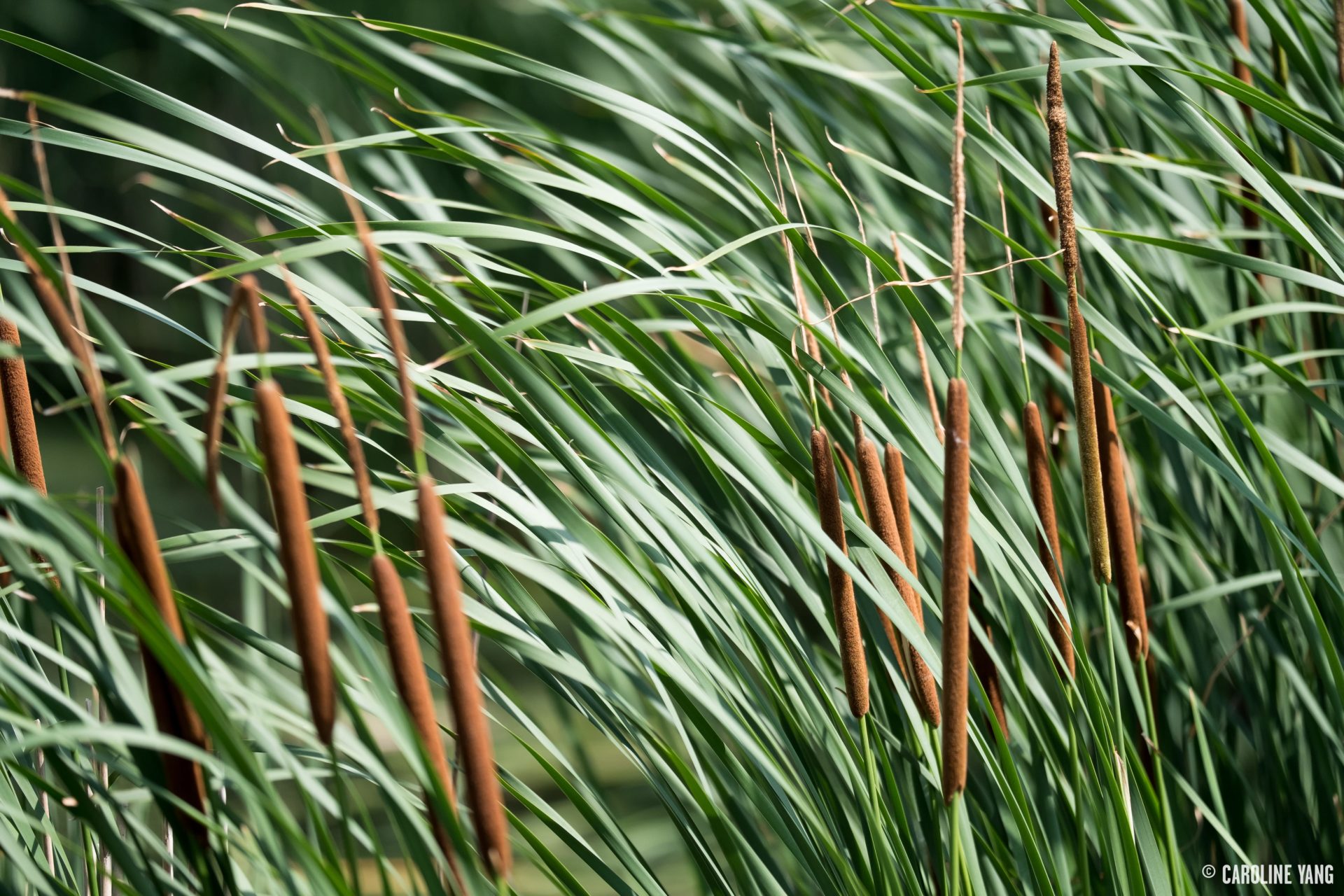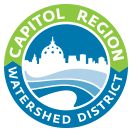
FAQs
Common Questions About CRWD
-
Capitol Region Watershed District (CRWD) is a local unit of government dedicated to protecting, managing and improving the water resources of the District, which includes parts of Falcon Heights, Lauderdale, Maplewood, Roseville and Saint Paul.
-
Find a description of the District and view a map of the watershed district on our About CRWD page.
Type in your address and click on the magnifier glass to determine if your home, school or business is located in the District.
-
CRWD works across geographic and political boundaries to protect the health of the District’s wetlands, lakes, streams and river. Through research, planning and action, CRWD helps solve and prevent water-related problems within the 40 square-mile District.
-
CRWD is governed by a five-member Board of Managers that guides the District in carrying out its Watershed Management Plan, adopted in 2020. A Community Advisory Committee (CAC) also helps shape the work of the District by reviewing annual budgets, work plans, project and program priorities and leading the annual CRWD Awards.
-
There are many different ways District residents help CRWD accomplish its mission. We encourage all residents, businesses and organizations to partner with CRWD to protect our lakes, rivers and streams. The District offers tips for residents, an Adopt-a-Drain program, Minnesota Water Stewards certification, opportunities to join our Community Advisory Committee (CAC) and much more. Visit our Act Now page to learn how to get involved with CRWD.
-
CRWD accomplishes its mission through the following programs:
Watershed rules and permitting
Stormwater and Best Management Practice (BMP) monitoring
Water resource improvement projects
Education and outreach
Providing technical assistance
Funding water quality improvement projects and programs through our grants program -
Since CRWD started in 1998, the District has launched dozens of projects within the watershed, ranging from retrofitting existing structures to installing new stormwater collection, reuse and treatment systems. Since water doesn’t follow political boundaries, CRWD works with partners – including city, county and state agencies, community organizations, businesses and residents – to carry out its projects. This approach saves money and boosts positive outcomes throughout the District.
-
CRWD grants provide financial and technical assistance to help build projects that protect local lakes and the Mississippi River. Polluted runoff is a leading cause of water pollution in lakes and rivers, particularly in urban areas like the District. As much of the land in CRWD is already developed and privately owned, working with residents who build clean water projects is essential for improving water quality.
-
CRWD offers a variety of grant programs:
- Stewardship Grants help businesses, schools, community organizations and homeowners build projects that prevent stormwater pollution.
- Special Grants fund construction or design costs for projects that improve water quality and have high visibility or educational value.
- Partner Grants fund programs led by schools, arts, environmental or faith groups that educate residents and promote clean water actions.
- Rain Barrel Workshop Grants provide assistance to neighborhood groups who organize a community rain barrel construction workshop.
- Abandoned Well Sealing Grants are used for sealing abandoned wells that are within the District.
-
To apply for a CRWD grant, the first step is to learn the specific application requirements for each grant. Then, grant applicants will work with CRWD and its partners to determine the projects they want to pursue and submit the appropriate application materials.
A complete list of CRWD grants is available on the grants page, and then go to the specific grant page that interests you for details about how to apply.
-
To check the status of a submitted grant application, please contact the staff member listed on the grants page. Find a complete listing of CRWD grant offerings on our grants page.
-
CRWD conducts ongoing monitoring and reporting to assess lake health. Our Water Data Reporting Tool (WDRT) is an interactive way for the public to see how our work is having an impact on water quality. WDRT also helps CRWD meet its reporting requirements and incorporates data from all of the District’s water quality monitoring stations.
-
CRWD monitors water quality to identify pollution sources in stormwater runoff as well as in the District’s lakes and stormwater best management practices (BMPs). This information helps CRWD and its partners create water quality improvement solutions, develop educational programming and initiate research and project management for other organizations.
-
CRWD monitoring also helps inform research studies that analyze different aspects of water quality in the District. We work with third-party organizations – including government, higher education, charitable foundations and community partners – to conduct research and gather results. Research helps CRWD assess the success of its stormwater improvements throughout the District and establish best practices for future management.
-
CRWD reports can be found on the relevant pages (example the 2016 Lakes Monitoring Report is on the Lakes page) or by using the search tool.
Please contact us if you need assistance.
-
Watershed districts are local units of government that protect water resources within a specific drainage area that often crosses political and geographic boundaries. Watershed districts manage stormwater runoff, erosion, pollution and many other critical factors necessary for clean water.
-
All water resources in the District – lakes, streams, wetlands and ponds – drain to the Mississippi River. The five major lakes in CRWD are Como Lake, Crosby Lake, Little Crosby Lake and Loeb Lake in Saint Paul and Lake McCarrons in Roseville.
-
CRWD adopted its most recent Watershed Management Plan (WMP) in September 2020, the result of a two-year planning process that included significant input from the District’s advisory groups, including cities and counties within the District. By using CRWD’s WMP, cities and organizations in CRWD can get insight and assistance to determine how to accomplish their own community water management goals, as well as the level of involvement CRWD will have in achieving those goals.
-
Visit the Our Water page to learn more about District water resources.
-
CRWD issues permits to ensure that stormwater runoff from development and redevelopment projects does not negatively affect our water resources. Our permitting program regulates construction activity by requiring erosion and sediment control, as well as stormwater Best Management Practices (BMPs) to capture and treat runoff leaving the site. Permit coverage is also required for impacts to wetlands, floodplain, and connections to the Trout Brook Interceptor storm sewer system.
-
Our permitting program regulates construction activity by requiring erosion and sediment control, as well as stormwater Best Management Practices (BMPs) to capture and treat runoff leaving the site.
Permit applications are reviewed by District staff and presented to the Board of Managers at meetings, typically held the first and third Wednesday of every month. Applicants must submit the permit application at least 21 days prior to a regularly scheduled board meeting in order to be considered -
Contact CRWD to check the status of your permit application or view the CRWD Active Permits map
-
CRWD offices are located at 595 Aldine Street in Saint Paul, Minnesota 55104
-
Call 651-644-8888 or use the contact form.
-
Connect with CRWD on social media:
Facebook – www.facebook.com/CapitolRegionWD
Twitter – twitter.com/CapitolRegionWD
Instagram – www.instagram.com/capitolregionwatershed/
LinkedIn – www.linkedin.com/company/capitol-region-watershed-district/
